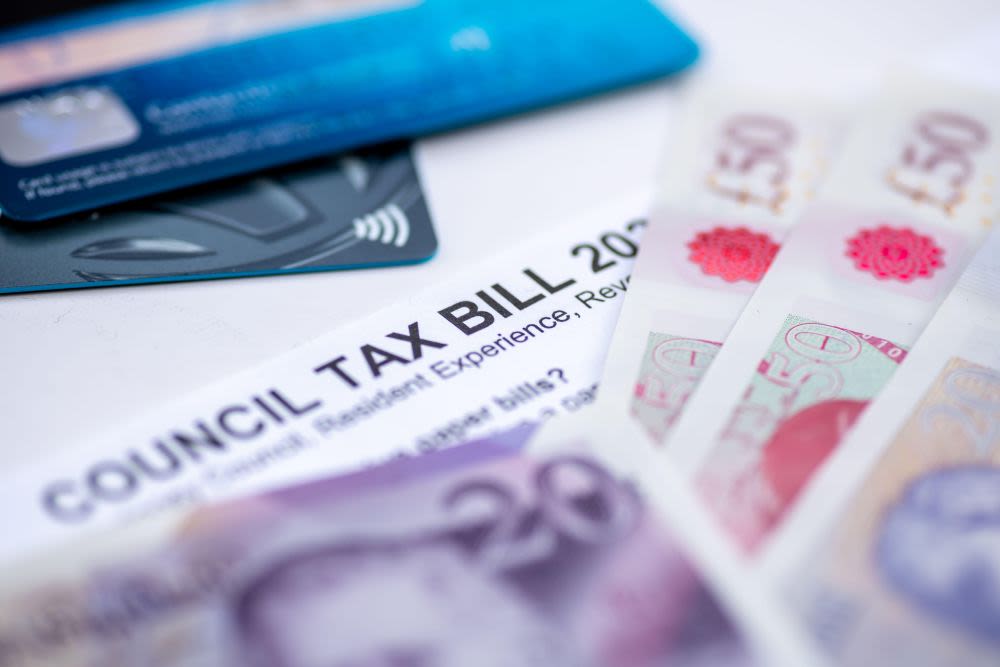The outdated basis of council tax
In England, council tax still relies on property valuations from April 1991. For homes built after that date, their banding is based on what they would have been worth in 1991. Critics argue this produces a glaring mismatch between today’s property market and the tax bands that determine households’ bills. As Labour MPs push for reform, fresh analysis reveals why updating the system poses formidable challenges for any government.
Winners and losers from revaluation
The Institute for Fiscal Studies (IFS) has modelled the impact of rebasing council tax on modern property values. Their findings suggest:
- Northern and midlands constituencies would generally see average bills fall, reflecting modest house-price growth since 1991.
- London and the Home Counties would face average increases, driven by dramatic price inflation over the past 34 years.
However, a purely geographic approach to revaluation can feel unfair: two homes worth £430,000 today — one in east London, one in Greater Manchester — would end up in very different bands under 1991-based rules, despite identical current values.
Data: where bills would double
Speculation ahead of Chancellor Rachel Reeves’s Budget suggested a plan to double council tax bills on Band G and Band H properties without revaluation. Analysis of Valuation Office Agency data highlights the proposals’ quirks:
- Cities of London & Westminster has 40 percent of homes in Bands G–H (the highest share nationally), exposing many to hefty hikes.
- Kensington & Bayswater follows with 36 percent, Chelsea & Fulham at 30 percent and Chesham & Amersham at 29 percent.
- By contrast, constituencies like East Ham and Denton & Gorton each have fewer than 20 homes in Bands G–H (<0.03 percent of stock), despite average current values of £430k vs £230k.
Doubling rates only at Bands G–H would therefore hit areas with high 1991 valuations rather than those with high modern values, creating perverse outcomes.
Distortions across similar properties
Take two homes of similar 1991 valuation in different regions:
- In Sheffield Brightside & Hillsborough, the 100th most expensive property now averages £160,000; its Band G or H council tax is modest.
- In Bristol East, the 100th home is now worth £335,750, with a higher tax bill.
- In Walthamstow, that same slot averages £522,000 today, but only 0.06 percent of homes qualify for Band G or H under 1991 rules.
Doubling Bands G–H would thus burden a tiny handful of old-money areas while leaving gentrified towns largely untouched.
Analysis of tax disparity
Tax expert Dan Neidle of Tax Policy Associates explains why such a plan “spectacularly fails to work out.” He illustrates the mismatch with hypothetical bills:
- A Band E home in Newham (East Ham)—now worth £430k—faces a 2025/26 bill of £2,268.39.
- A Band H home in Tatton—still based on its 1991 value—would normally pay £4,508.14, but under a doubling plan would face £9,016.28.
That is four times the East Ham charge, even though East Ham properties are now more valuable on average.
Winners still pay relatively little
Many super-rich homeowners would scarcely notice a hike under such a scheme. In the City of London council area, a Band H property—a home now worth well over £2 million—would see its bill rise to just £4,068.72. Yet in seats like Liverpool Garston, almost 1,230 Band G homes would face a doubled bill of £8,488.14 on far more modest incomes.
Impact on housing markets
Large, sudden council tax hikes are likely to depress house prices in affected areas. Developers, dependent on profitable sales, may pause or cancel new schemes, exacerbating the nation’s strained housing supply. A council tax banding system that ignores modern valuation trends risks chilling investment in previously lucrative markets.
A complex political sell
Doubling high bands alone might seem more politically palatable than a full-scale revaluation—after all, many pensioners in gentrified areas would escape increases. But the resulting distortions are so stark that the policy threatens to spark widespread discontent among middle-earning homeowners outside London.
- In Mid Buckinghamshire, around 19 percent of homes are in Band G—set to see big hikes.
- By contrast, Walthamstow has only 0.06 percent in high bands, despite average house prices exceeding those in Buckinghamshire.
Reform vs stealth tax
The IFS Green Budget modelled a full revaluation, but stressed it as “illustration (not recommendation).” Meanwhile, reports that doubling Bands G–H was under active consideration drew heavy criticism. Without aligning bands to modern values, ministers risk creating a stealth tax that punishes the wrong homeowners while failing to deliver meaningful revenue from true wealth increases.
Next steps before the Budget
Chancellor Rachel Reeves must weigh the appeal of a targeted doubling against the evidence of dramatic unfairness. The Treasury’s silence on alternative figures only fuels uncertainty. As millions of households await the November Budget, the stakes could not be higher: either ministers embrace a comprehensive revaluation, or they settle for a patchwork tax hike doomed by its own contradictions.
